
活動レポート


- 人間、産業、地域、未来を支える(変える)エネルギーの価値 -
![]()
![]()
![]()
![]()
![]()
![]()
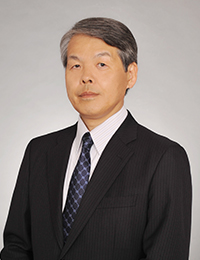
帝京大学 戦略的イノベーション研究センター 教授 田沼唯士
1980年東北大学大学院工学研究科機械工学専攻博士前期課程修了。以後長きにわたり、産業界にて発電用タービンの開発設計に携わる。1995年に東北大学の博士号(工学)を取得。以降、開発設計の業務と並行して工学院大学、東京都立大学、横浜国立大学にて流体機械、機械CADおよび設計、高速流体力学、エネルギー機械システム設計の講義を担当、2010年に横浜国立大学客員教授となる。2010年4月から帝京大学ジョイントプログラムセンター 教授に就任、2013年から2015年に文部科学省研究振興局技術参与を兼務してスーパーコンピュータ「京」とポスト「京」の産業利用推進事業に協力。2015年日本ガスタービン学会会長、2017年4月より帝京大学戦略的イノベーション研究センター 教授、現在に至る。帝京大学大学院理工学研究科および理工学部機械・精密システム工学科教授を兼担。
現在、世界中で、石炭や天然ガスなどの従来型エネルギーから再生可能エネルギーへの大規模なシフトが進行しています。2015年のパリ協定採択以降、日本も例外ではなく技術革新が急速に進んでいます。しかし、まだまだ「安定供給」には大きな課題があります。太陽光や風力などの変動性再生可能エネルギーによる発電は気象や天候に大きく左右されます。東京電力ホールディングス株式会社が公開している電力需給状況の最近の時系列データによれば、電力需要のピークは9時頃から始まり19時過ぎまで続きます。晴天時、16時過ぎまでは太陽光発電でこのピークに対応できますが、それ以降の夕食の時間帯までの需要のピークでは夜間に火力で貯めた揚水式水力の出力を増加させています。
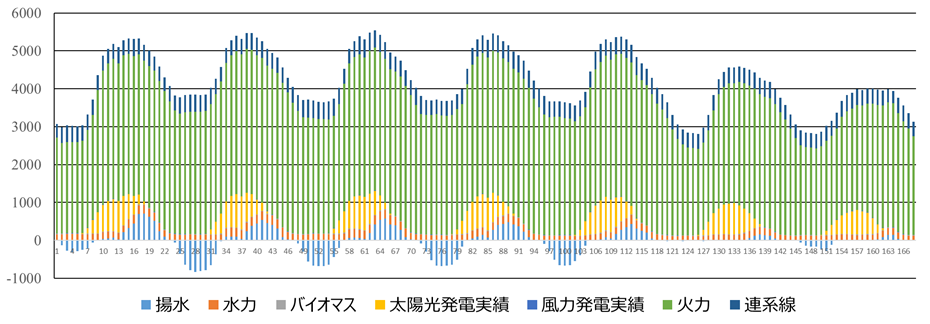
東京電力パワーグリッド株式会社「2019年度需給実績」(4)のデータから作成
欧州の電力研究機関によると、再生可能エネルギーによる電力を最大限に利用するためには、ほぼ同等規模の発電容量を有する安定電源によるバックアップが必要であると報告されています。風力利用が進んでいるドイツにおいて無風の時間帯を火力発電が補っているように、現状では世界的に火力発電が主要なバックアップ電源です。だからこそ、バイオマスや地熱などの安定供給が可能な再生可能エネルギー発電システムの増加が望まれています。
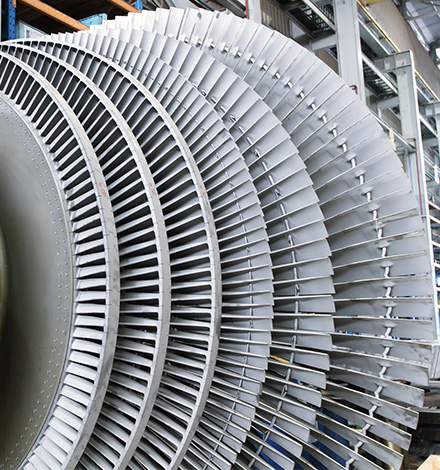
私の専門領域は流体力学です。大学で機械工学を学び、株式会社東芝の重電部門で30年間に渡って火力・原子力・地熱などの発電用蒸気タービンの開発と設計に取り組んできました。主に流れの数値シミュレーションを使ってタービンブレードの設計に役立つ研究を行っています。機械の強度や信頼性を扱う構造力学や振動を予測する力学も必要になるため、複数の専門家でチームを構成しています。従来は、原子力、火力など1000MWを超えるようなシステムの大容量化における性能向上と発電コストの低減を図ってきました。現在は、再生可能エネルギーシステム用の小型・中型蒸気タービンの性能向上・コスト低減が技術課題になることから、この分野の研究にも力を注いでいます。
とはいえ、発電システム全体、電力供給網全体から見ると、蒸気タービンは一つのコンポーネントであり、ブレードはその部品にすぎません。タービン発電システム全体の構成、運転方法、電源供給網の運用次第で、発電システム全体の効率やライフサイクルコストは変わります。同じ車でも人によってパフォーマンスが異なるのと同じです。だからこそ発電システムは、エネルギー変換および利用システム全体の計画、設計、製造、建設・据付、運用、保守、さらには将来のくらしや未来の産業や都市の姿も視野に入れなければなりません。究極的にいえば、一枚のブレード設計の向こう側に、どれだけ精緻な未来を描けているかが問われているのです。ここに「全体最適設計」という重要なテーマが見えてきます。
全体最適設計のスコープはあらゆる領域におよびます。たとえば、自動車ボディーの3次元曲面設計は流体力学の極みでありながら、全体フォルムの美しさや景観との調和といったアート的表現との共同作業です。パワートレーン設計は熱力学、流体力学、燃焼工学、材料力学、機械力学、機構学などの集大成でもあります。しかし、それだけでは生活者の手に届くものにならない。経済学や経営学、環境配慮設計、多くの消費者の手が届く価格で作るノウハウも必要です。顧客の視点、ビジネスの視点、そして技術の視点からの全体最適設計が重要なのです。これが、エネルギー分野にもそのまま当てはまります。
再生可能エネルギーについて考えてみましょう。特に、水力、地熱、木質バイオマス発電等は安定して供給できる電源です。常時発生する地下の高温な蒸気を利用できる地熱発電は火山地帯が多い日本では開発の余地があります。木質バイオマス発電、ごみ焼却熱を利用する発電などは、二酸化炭素を吸収した木材や木材由来の紙等の燃焼による熱を利用します。特に普及が進みつつあるのが木質バイオマス発電です。発電システムは基本的に火力発電と同じで、原材料は木材です。日本は森林資源が豊富であり、かつ、伐採期にある人工林がたくさんあります。発電事業の増加により、間伐等の手入れが必要な日本の人工林の整備が進み、低迷していた林業の活性化につながっているケースも生まれていると聞いています。また、伐採後にしっかり植樹することで森林資源が再生され、育つ過程で二酸化炭素を吸収します。林業から発電まで、半永久的にエネルギー資源を人の手で作り続けることができます。このようにエネルギーの全体最適設計を追求していくことは、社会全体を持続可能にする推進力になります。
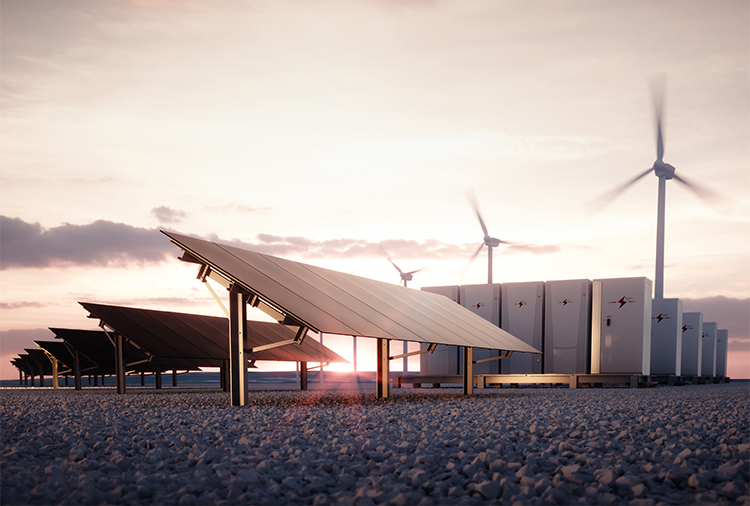
国立研究開発法人科学技術振興機構の試算によると、再生可能エネルギーのポテンシャルは、北海道、東北、九州など、人口密集地から離れた地域に行くほど高まります。少子高齢化や過疎化エリアとも重なります。私はこれらの地域で、スーパーコンピュータセンターやデータセンターをコアとした高度知識集約型の産業振興を進め、高度な専門性を有した人材が集う知識集約型のスタートアップを促進できれば、SDGsのゴール達成に貢献する本質的な地域振興になり得ると考えています。重要なのは、不安定な供給に合わせて電力消費を変えていく産業プロセスの全体最適化です。たとえば、太陽光や風力エネルギーが電力を供給する時間を使って、スーパーコンピュータをフル稼働させて大規模シミュレーションや機械学習の計算を進めます。雨や曇り、無風の時には、スーパーコンピュータの保守を行いシミュレーション結果の分析や次のデータの準備を行うのです。「電気を高価な二次電池に貯めるより、計算結果として知識に変えて蓄える」と発想を転換すれば、再生可能エネルギーによる自給自足は夢物語ではなくなります。さらに、豊富な再生可能エネルギーポテンシャルの開発を進めて、その一部で水素を作って首都圏などの自給が難しい地域に供給する技術の選択肢をたどれば、わが国全体の再生可能エネルギーによる自給自足も視野に入ってきます。
現在、我々の研究チームは、再生可能エネルギーポテンシャルが現在の消費電力を上回る秋田県と長野県を対象にして、再生可能エネルギーによる地域電力の自給自足と、高度知識集約型産業の振興をセットにした取り組みに関するフィージビリティスタディを進めています。この中で、地方には高度な知識と技術・技能を有する人材のポテンシャルが十分にあることがわかってきました。たとえば、秋田県は文部科学省の学力テストにおいて中学3年生が2年連続でトップになっています。高度知識集約型の産業が育てば、再生可能エネルギーで自立した産業地域が形成されるビジョンを描くことができます。大学の役割は、高度なリカレント教育を担うサテライトキャンパスを設けて、地域とともにSDGsを支える研究と教育を進めることではないかと考えています。
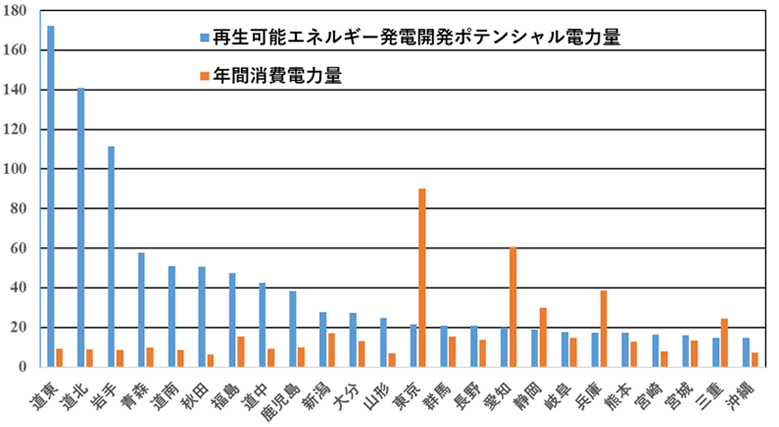
低炭素社会戦略センター, "主要再生可能エネルギーの都道府県別ポテンシャル分布と発電所建設コスト低減",
国立研究開発法人科学技術振興機構, LCS-FY2017-PP-06 (2018).のデータから作成
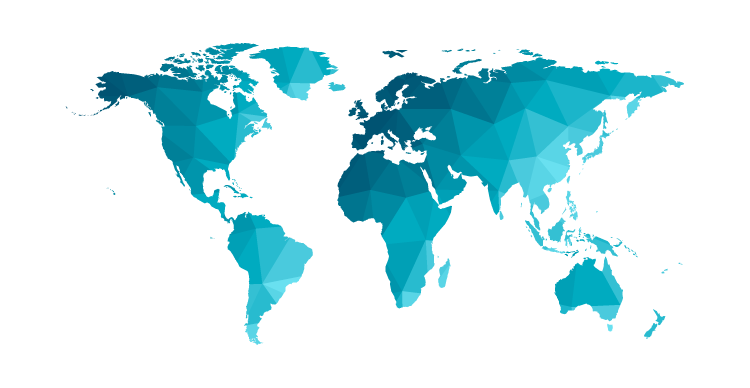
SDGsにおいて私の専門分野であるエネルギーは、ゴール7に掲げられています。原文には「affordable=手ごろな」「reliable=信頼できる」「sustainable and modern=持続可能で新しい」とあります。エネルギーは社会のインフラのひとつですから、ゴール7の実現は他のゴールの達成にも大きく貢献できます。ほかのゴールもまた相互に連携していることから、SDGsは地球の未来を全体最適設計するための指標であると捉えることができます。
SDGsに関して大学ができることは明確です。ひとつは教育、ひとつは研究です。それらは必ず17のゴールどれかに結びついています。私が所属している帝京大学戦略的イノベーション研究センターは、従来の学部の垣根を超えてゴールオリエンテッドの研究、教育を推進する組織です。学内や他大学の研究者との連携も強化し、メインのエネルギーをはじめ、産学連携、医療連携による研究を行っています。企業との共同研究と研究員の受け入れにも積極的で、中小企業との共同研究や特許取得に至るまで、実社会で活用できる研究を進めています。研究と教育をつなぐことも、大学と企業をつなぐことも、社会の全体最適設計と言えます。社会が常に動的かつ急激に変化している中で、私達を取り巻く状況をどのようにシミュレーションしていくのか。地域を超えて将来を見据えた全体最適化から導かれる新しいエネルギーの生産と消費の姿には、新しい社会と私達の生活の姿があるのです。